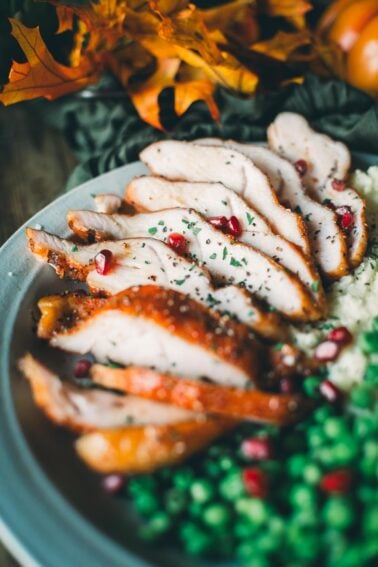Cooking the perfect steak is an art that requires attention to detail. Even seasoned home chefs can make mistakes that affect the taste and texture of this beloved dish. Let’s explore some common pitfalls and how to avoid them to elevate your steak-cooking game.
Choosing the Wrong Cut

The first step to a great steak is selecting the right cut of meat. Cuts like ribeye and filet mignon are popular for their tenderness and flavor, while others like flank or skirt steak require careful preparation and marinating. It’s important to match the cut to your intended cooking method. For instance, a ribeye is excellent for grilling due to its marbling, which keeps it juicy.
Choosing the wrong cut can lead to a less satisfying meal. Understanding the differences between cuts can help you make a better choice. Consider what flavor profile and texture you’re aiming for, and choose a cut that complements your cooking style.
Skipping the Seasoning

Seasoning is crucial for enhancing the flavor of your steak. A common mistake is either under-seasoning or skipping it altogether. Salt and pepper are your best friends, and applying them generously can make a world of difference. Some prefer to add a bit of garlic powder or smoked paprika for an extra kick.
Make sure to season your steak at least 40 minutes before cooking, or right before it hits the pan. According to the Food Network, allowing enough time for the seasoning to penetrate the meat enhances its flavor and creates a better crust when seared.
Not Allowing the Steak to Reach Room Temperature

Cooking a steak straight from the fridge is a rookie mistake. Letting it come to room temperature ensures even cooking. If the steak is cold, the exterior might cook faster than the interior, leaving it undercooked inside.
Take your steak out of the refrigerator about 30 minutes to an hour before cooking. This allows the muscle fibers to relax, which helps in achieving the perfect sear and desired internal temperature. For more tips, visit WiseGuys HHI.
Using a Cold Pan or Grill

Starting with a cold pan or grill can prevent the steak from developing a savory crust. The Maillard reaction, responsible for the delicious browning, only occurs at high temperatures. Preheat your cooking surface well before adding the steak.
A hot pan ensures that the steak cooks evenly and quickly seals in the juices. Whether you’re using a grill or a skillet, let it heat up for several minutes until it’s piping hot before you start cooking.
Overcrowding the Cooking Surface

Overcrowding the pan or grill can lead to steaming rather than searing. When too many steaks are in close quarters, the heat distribution is uneven, and the temperature drops, preventing a proper sear. Make sure there is enough space between each steak. If you’re cooking for a crowd, it might be better to cook in batches. This ensures that each steak receives the necessary heat to achieve the perfect crust.
Flipping Too Frequently

Constantly flipping your steak can disrupt the cooking process, preventing a good sear. Aim to flip your steak only once to develop a flavorful crust and keep the juices intact. For the best results, let the steak cook undisturbed for a few minutes on each side. This gives the exterior time to caramelize properly, enhancing both flavor and texture.
Not Using a Meat Thermometer

Relying solely on cooking time or visual cues can be misleading. A meat thermometer is an invaluable tool to ensure your steak is cooked to the desired doneness. Insert the thermometer into the thickest part of the steak for an accurate reading. For medium-rare, aim for an internal temperature of 130-135°F.
Using a thermometer takes the guesswork out and prevents overcooking, which can lead to a dry and less enjoyable steak.
Cutting into the Steak Too Soon

It’s tempting to cut into your steak immediately, but doing so can cause the juices to spill out, leaving the meat dry. Patience is key to a juicy steak. Allow the steak to rest for a few minutes after cooking. This waiting period lets the juices redistribute throughout the meat, ensuring each bite is as juicy and flavorful as possible.
Ignoring the Importance of Resting

Resting isn’t just about waiting; it’s an essential step in the cooking process. During cooking, juices are pushed toward the center of the steak. Resting allows them to redistribute evenly. Let your steak rest for about 5-10 minutes, depending on thickness. This simple step can significantly enhance the taste and texture of your steak, making your meal more satisfying. For more insights on resting and other cooking tips, check out Food & Wine.
Hungry for more? Subscribe to our newsletter and become part of the world’s best meat community! From grilling tips to smoky secrets, we send you the best recipes, guides, and expert advice to master every cut.













